What is 3PL or Third Party Logistics and How Can It Benefit Your Business
Blogs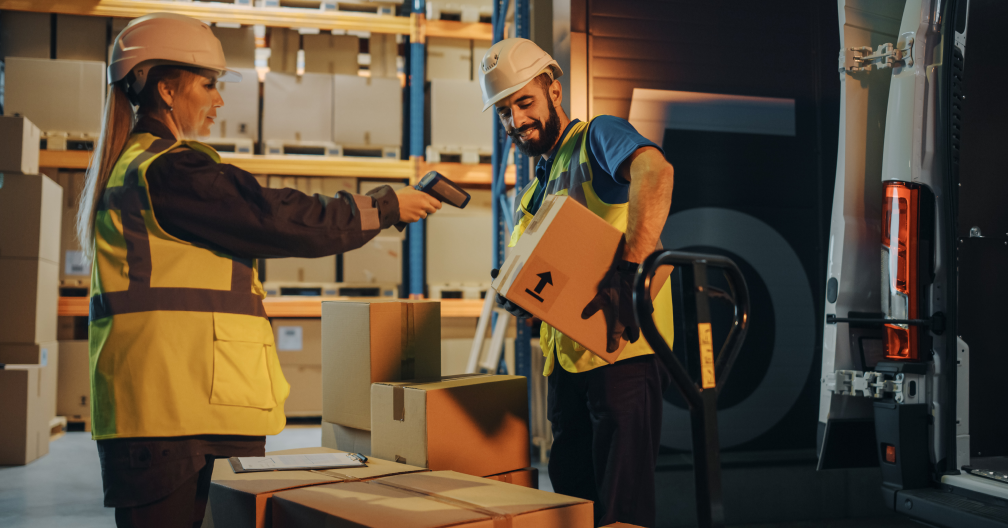
Your business is booming, but as demand grows, so does the complexity of getting products to your customers quickly and efficiently.
That’s where third-party logistics (3PL) come in.
In this article, we’ll explore the world of third-party logistics—explaining what it is, breaking down the pros, cons, and processes of 3PL order fulfillment, and the range of services offered. We’ll also discuss why third-party logistics is essential for e-commerce brands and share tips on choosing the right 3PL provider to meet your business needs.
Key takeaways:
- Third-party logistics (3PL) involves outsourcing logistics operations such as warehousing, inventory management, order fulfillment, shipping, and returns to specialized providers.
- Some 3PL providers offer more than just storage and shipping by integrating customized technology solutions and advanced data analytics.
- A 3PL partner that integrates seamlessly with e-commerce ecosystems helps businesses save time and costs, while allowing them to focus on growing their brand and keeping customers happy.
3PL Meaning
Third-party logistics, or 3PL, means outsourcing services to handle your inbound and outbound logistics operations. These services typically include warehousing, inventory management, order fulfillment, shipping coordination, and even reverse logistics.
With the global 3PL market set to hit USD 2691.69 billion by 2033, more e-commerce brands are turning to 3PL providers to streamline their supply chain and boost operational efficiency.
Today’s 3PL providers also offer more than just storage and shipping—they integrate advanced technology, data analytics, and customized solutions to meet diverse business needs.
How does the order fulfillment process work with a 3PL?
Using a 3PL means you purchase and store your inventory at their facility, so you own the products from the start. This approach lets you benefit from bulk purchasing and lower per-unit costs, which can often be more cost-effective than drop shipping—where you pay higher prices when items are sold because you don’t own the inventory upfront.
Here’s how your entire order fulfillment process flows when working with third-party logistics:
Step 1: Warehousing
- You source products to sell in your e-commerce shop and pay for inventory before sales.
- Your merchandise is shipped to warehouses managed by 3PL providers.
Tip: Choose a 3PL with scalable storage capacity that grows with your product line. A quality 3PL operates its own logistics centers rather than merely matching you with random excess warehouse space.
Step 2: Order Processing & Fulfillment
- When a customer places an order, it automatically flows to fulfillment warehouses managed by your 3PL provider.
- Some companies may require manual uploading of orders, while others use systems that are integrated with your e-commerce sales platforms.
- Fulfillment warehouses typically use warehouse management systems (WMS) software to track stock levels and locations in real-time. Custom Application Programming Interface (API) integrations may also link to your shopping carts.
Tip: Technology integration reduces manual uploads and streamlines the entire process. Ensure your 3PL uses up-to-date order management software for real-time order updates and inventory tracking.
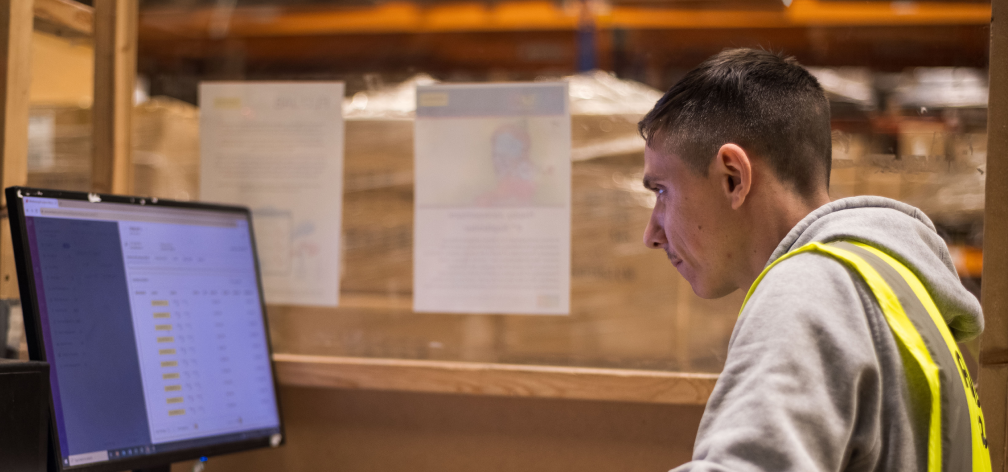
Step 3: Packing & Shipping
- The warehouse staff receives a picking list with items, quantities, and storage locations. Items are carefully packed according to your specifications.
- The 3PL then chooses the most cost-effective shipping method from their carrier network and dispatches the package.
- Integrated technology pushes tracking details to your store automatically.
Tip: A good 3PL leverages preferred carrier partnerships to offer competitive shipping rates. Confirm that the provider maintains real-time tracking so you and your customers can monitor deliveries.
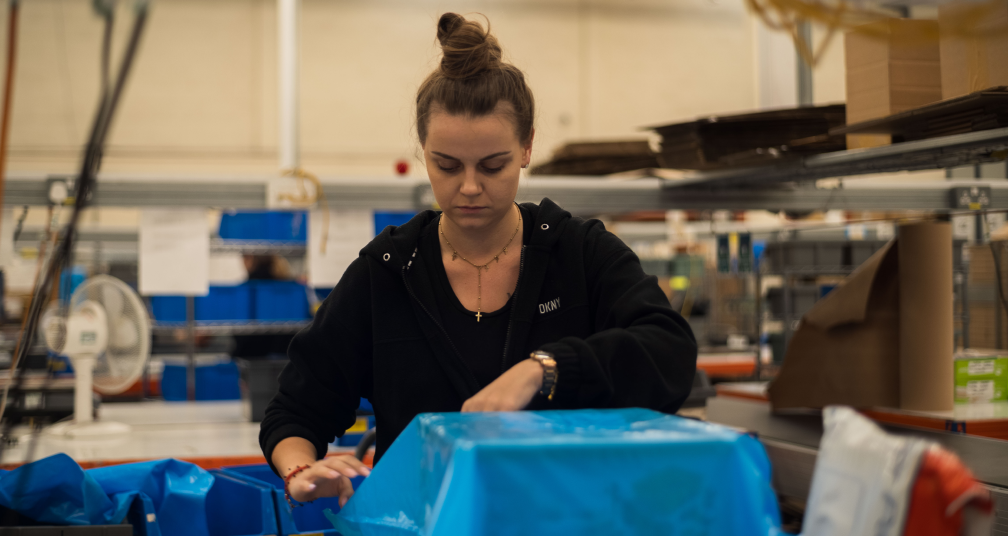
Step 4: Returns
- Many 3PLs also handle returns processing, delivering an end-to-end logistics solution.
- If customers send items back, the provider processes and restocks or disposes of the product based on your guidelines. They may even supply return labels for added convenience.
Tip: Efficient return processing (or reverse logistics) minimizes the hassle for your team and keeps the customer experience positive while saving you the trouble of managing returns in-house.
Outsourcing your logistics with a 3PL provider lets you monitor inventory, track shipments, and view performance metrics, so you have granular control over quality, costs, and timing.
Levels of 3PL Providers
While each 3PL may offer a unique mix of services, their main goal is to handle your fulfillment and warehousing needs so you can streamline your supply chain.
3PL providers fall into two main categories: service-based and information-based.
- Service-based 3PLs specialize in core logistics functions such as storing, managing, and moving goods.
- Focus on traditional logistics: 3PL service companies handle warehousing, inventory management, order fulfillment, and transportation. This can include essential services like freight brokerage, carrier management, and freight payment solutions.
Tip: Many 3PLs utilize automated order management to optimize delivery times, reduce shipping costs, and provide better customer experiences across their multi-warehouse network.
- Offer specialized handling: Some 3PLs provide specific types of warehousing and fulfillment, such as kitting, reverse logistics for returns, and even freight forwarding. Other 3PL companies specialize in storing products requiring specific conditions—like cold chain logistics for items needing refrigeration, hazardous materials, or oversized items like furniture. Some also provide specialized solutions for global supply chain challenges, including import, export, and customs procedures. They allow you to store inventory in fulfillment centers located in multiple countries.
- Scale with your business: These providers manage large warehouse networks and have solid carrier relationships, so they can easily scale up operations as your order volume grows.
Tip: When working with a 3PL that operates multiple warehouse locations, you can leverage split order processing to ship orders from the facility nearest to your customer.
- Information-based 3PL providers go beyond physical logistics. They use advanced IT systems and data analytics to optimize your supply chain and lower costs. With real-time insights—like delivery times, historical stock levels, and average storage costs—they empower strategic decision-making. Their services extend to:
- Technology solutions: ERP integration, real-time inventory management, and omnichannel fulfillment solutions that streamline both B2C and B2B orders.
This can include tools that automatically route orders to the nearest fulfillment center (distributed inventory) for guaranteed two-day shipping via ground.
- Financial services: Freight payment and audit services, cost accounting, and control measures that help you keep shipping expenses in check.
Pros and Cons of Utilizing 3PL Services
Partnering with a 3PL provider isn’t a one-size-fits-all decision—it involves evaluating the unique benefits and potential challenges that come with outsourcing your logistics operations.
In this section, we’ll break down the key benefits of 3PL and the challenges of 3PL outsourcing so you can decide if it’s the right fit for your business.
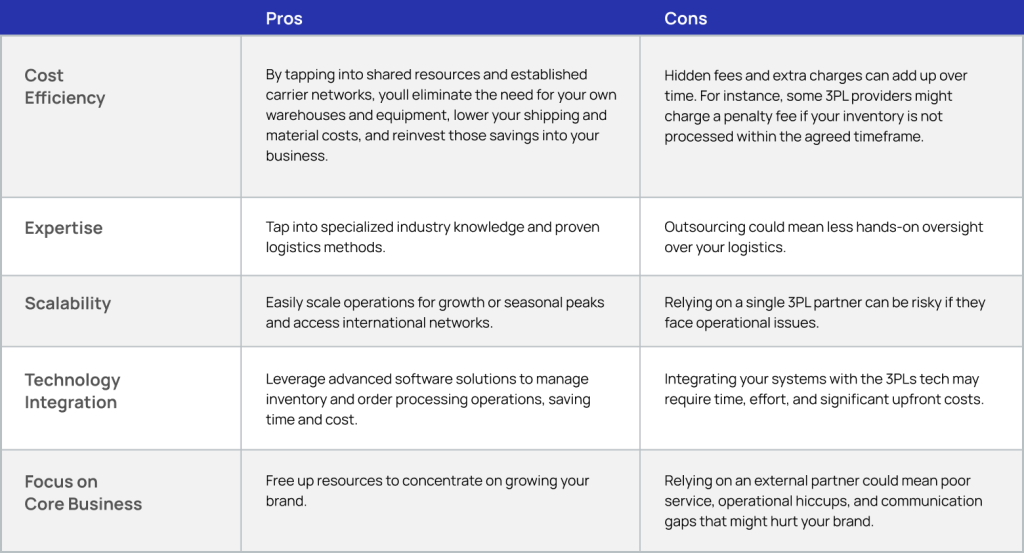
3PL Cost Structures
Just like with any partnership, it’s important to get a clear picture of how a 3PL charges for their services so you’re not caught off guard by hidden costs.
In this section, we’ll break down the main costs you’ll encounter when working with a 3PL, helping you understand the pricing structure and align it with your business needs and budget.
Main Service Costs to Expect
- Fulfillment: This covers the basic tasks like receiving, storing, picking, and packing inventory. The more complex your product or higher the volume, the more this fee may fluctuate, but it’s essential to know what’s included in the base cost.
- Shipping: Shipping fees are one of the biggest costs and can quickly add up if not managed properly. The cost varies based on destination, delivery speed, and package size. The good news is that many 3PLs can negotiate lower rates with carriers due to their high shipping volume, helping you save on costs.
- Storage: These fees are based on the amount of space your products occupy. Some 3PLs use volume-based pricing (charged by cubic feet), while others might offer tiered pricing depending on the volume or type of inventory.
- Returns management: These fees cover receiving, inspecting, restocking, or disposing of returned items.
Potential Additional Services and Charges
- Value-added services: Things like kitting, gift wrapping, or quality control are often charged extra. While these can boost customer satisfaction, make sure to know the costs upfront.
- Account management and customer support: Some 3PLs offer dedicated account managers and support services for an extra fee.
- Volume and SKU complexity: Higher order volumes can often get you a discount, but if you’re dealing with fragile, oversized, or specialty items, expect to pay a little more for special handling.
- Minimum monthly fees: Some providers charge a minimum monthly fee to cover costs, even if your business doesn’t hit certain order volumes or inventory requirements—something to consider if you have seasonal spikes in order volume.
- Technology and integration: Using technology to manage inventory, track shipments, and process orders is a must. This fee covers the tools that help you stay organized and provide real-time updates, so it’s important to factor this into your budget.
When evaluating 3PL providers, businesses need to dig into the details and ask the right questions to avoid hidden fees. Ensure the contract clearly outlines all potential charges and includes termination clauses, so there are no surprises if you need to end the partnership early.
Tip: Look for 3PL providers with flexible pricing models that grow with your business, and make sure they can scale operations as your business expands.
How E-Commerce Businesses Can Benefit from Third-Party Logistics
Imagine running your online store without the stress of juggling multiple sales channels and inventory chaos.
That’s where integrating your e-commerce platform with a 3PL comes in. It streamlines everything—so whether you’re selling online, in-store, or through another channel, all orders and inventory sit neatly in one system.
With omnichannel retail solutions, you get order orchestration for multiple stock locations and can easily connect with various platforms. This means you always have a unified view of your inventory, no matter where it’s stored.
Another significant benefit of partnering with a 3PL is access to centralized order management systems that integrate all your sales channels and deliver real-time updates. This makes it easier to monitor orders and inventory and connects your online storefronts, inventory management tools, and customer data.
Additionally, fulfillment warehouses today use warehouse management systems (WMS) that link directly to your e-commerce channels. This connection keeps you in the loop about every order and stock level, making your business run smoother.
Example: LamboMove, a last-mile delivery service in Malaysia, struggled with high costs and errors, limiting productivity due to inefficient processes and warehouse management.
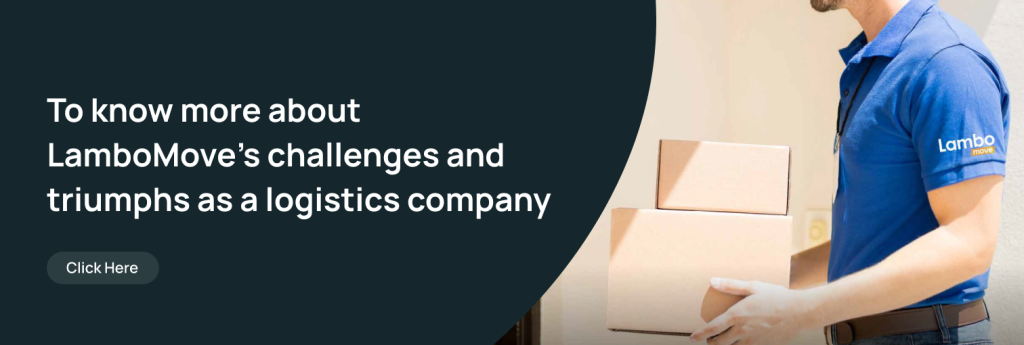
Realizing they needed an end-to-end solution to support their growth, LamboMove switched to a modular warehouse management platform to power their backend operations. They saw an 80% improvement in order fulfillment and inventory accuracy, allowing them to streamline operations and scale more effectively.
3PL vs. Contract Logistics
Contract logistics often get mixed up with 3PLs, but they serve different purposes.
Contract logistics focus primarily on transportation and delivery. They work with shipping carriers to negotiate rates and plan the best routes to get your products to customers faster and cheaper. However, they don’t handle inventory, warehousing, or fulfillment.
For example, if you’re running an e-commerce store on Shopee or Lazada, contract logistics would ensure your products get from your warehouse to the right shipping carrier, optimizing the delivery process. They act as a middleman between retailers and shipping companies.
On the other hand, most 3PLs offer a complete end-to-end service.
When considering the differences between contract logistics and 3PL, it makes sense to use contract logistics if you just need help with transportation and delivery but are handling the rest in-house or with a 3PL.
But, if you’re selling through multiple channels and need a one-stop solution to manage all logistics, a 3PL is probably the better choice.
How to Choose the Right 3PL Provider for Your E-Commerce Business
Finding the right third-party logistics (3PL) partner is all about matching your needs with what they do best.
The right 3PL provider should be great at both B2B and B2C order fulfillment, which means they can easily handle orders coming from all your sales channels. Efficient inventory management is just as important—look for providers that offer real-time tracking and proactive stock replenishment to avoid unexpected shortages.
Although customer expectations have shifted, with many prioritizing free delivery over fast shipping, choosing a partner who guarantees reliable delivery times and keeps customers informed if delays happen is still important.
Other key points to consider:
- Industry expertise and reach: Firstly, check if they have experience in your industry. You want a team that understands and can handle your unique challenges smoothly. Also, verify their geographic reach to ensure they meet your delivery commitments, especially targeting one to three-day delivery for primary customer markets.
- Widespread inventory distribution: Providers with multiple warehouse locations can ship orders from the closest center. This speeds up delivery, cuts costs, and keeps a backup ready if one site runs into trouble.
- International order fulfillment: If you plan to go global, find a 3PLwith international fulfillment centers running on the same technology and support system.
- Data-driven insights: Choose a partner who offers advanced analytical tools that monitor order performance, popular products, and supply chain efficiency—helping you to make informed strategic decisions.
Conclusion
As supply chains shift from product-focused to consumer-focused models, technology and infrastructure are evolving to help brands deliver faster to customers, and with less friction.
For e-commerce companies, integrating with a 3PL isn’t just helpful – it’s essential. From managing inventory and fulfilling orders to supporting omnichannel growth and offering real-time data insights, the right 3PL partner can help you save time, cut costs, and keep customers happy.
Cutting-edge technology solutions can help your business deliver smarter and adapt more quickly to the fast-paced e-commerce landscape. With a powerful SaaS platform for inventory and order management, Anchanto helps e-commerce brands streamline backend operations, making it easier to track inventory and shipments.
Anchanto’s modular Warehouse Management System (WMS) integrates with over 100 tools—including last-mile carriers, ERP systems, and accounting software—helping you scale smarter and ensure better experiences for your customers.
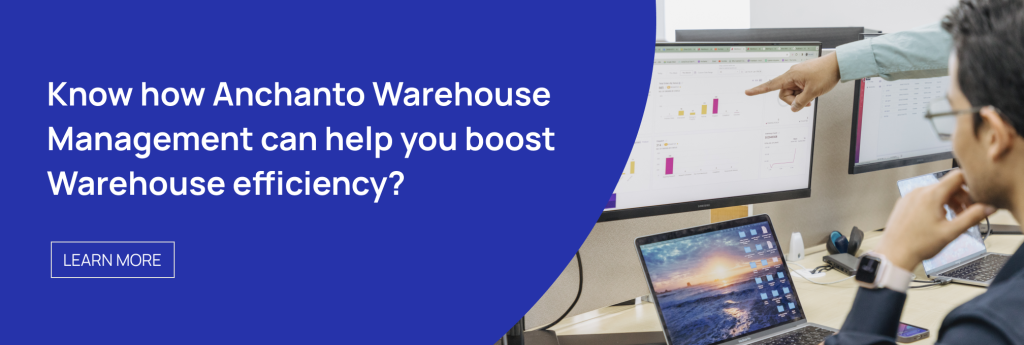
Get in touch with our experts today to explore Anchanto’s software solutions and see how they can take your e-commerce logistics operations to the next level.
